+86-159 9860 6917
info@geofantex.com
geofantex@gmail.com
+86-400-8266163-44899
Incorporating geotextile fabric under gravel layers presents an indispensable solution for bolstering stability and longevity in landscaping projects. Geotextile fabric serves as a resilient foundation, effectively preventing soil intermixing while fortifying the structural integrity of the gravel surface. This specialized fabric acts as a barrier, curbing weed growth and facilitating optimal water drainage, ensuring a durable and low-maintenance landscape. Discover the transformative benefits of integrating geotextile fabric under gravel, elevating your outdoor spaces with enhanced durability and performance.
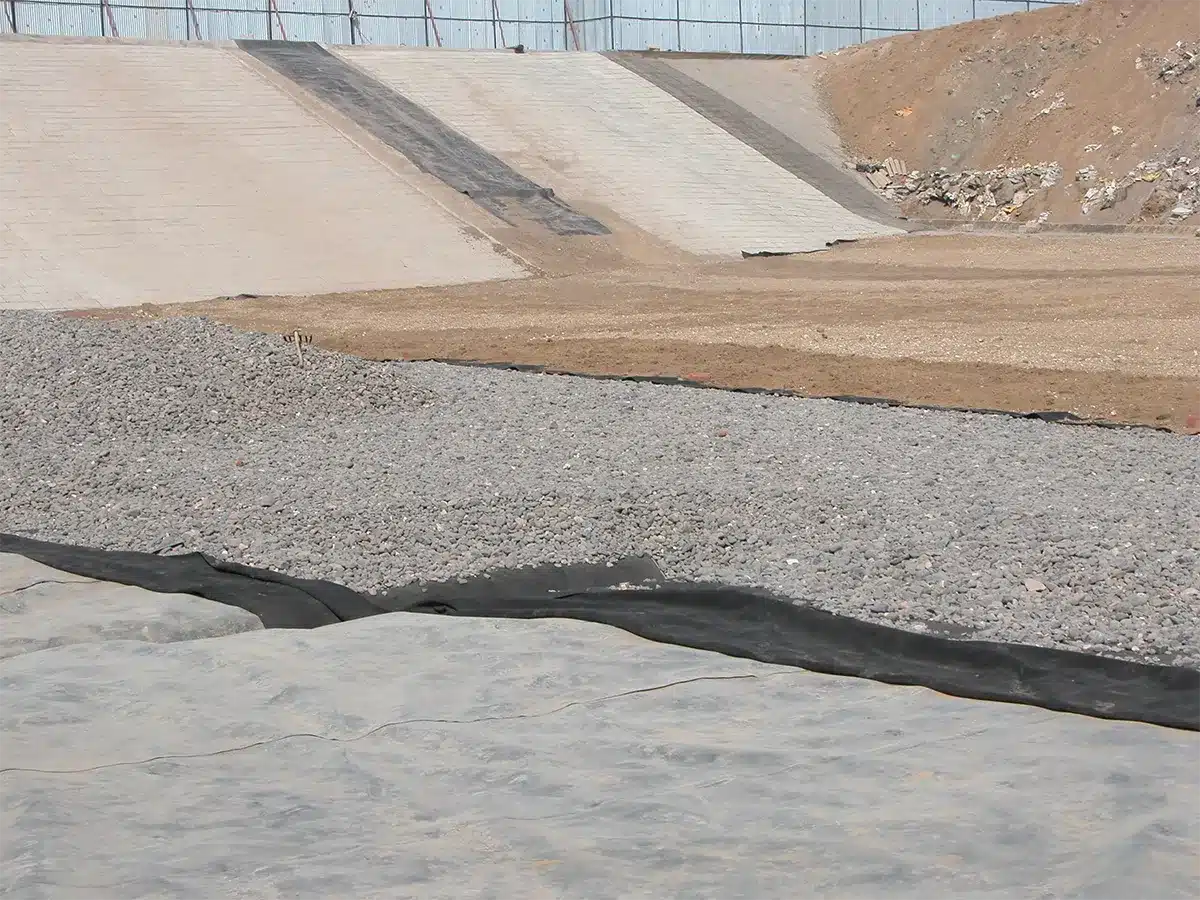
Do I need geotextile under gravel?
Using geotextile fabric under gravel in construction projects offers several benefits and is often necessary depending on the project requirements:
Stabilization and Reinforcement: Geotextile fabric helps stabilize the ground by distributing loads evenly and reducing the risk of rutting and sinking. This is especially useful in areas with soft soil.
- Separation: It acts as a barrier between the gravel and the underlying soil, preventing the mixing of gravel with mud or dirt. This separation helps maintain the structural integrity and drainage properties of the gravel layer.
- Improved Drainage: Geotextile fabric is permeable, allowing water to pass through while preventing the soil beneath from being washed away. This improves the drainage system and prevents waterlogging, which can compromise the foundation.
- Cost-Effectiveness: By preventing gravel from sinking into the soil and maintaining the gravel layer’s effectiveness, geotextile reduces the need for frequent top-ups of gravel, thereby saving costs in the long run.
- Erosion Control: It helps minimize erosion by holding the soil in place, especially in sloped areas.
In summary, whether geotextile is necessary under gravel depends on the specific conditions of the construction site and the performance requirements of the project. In many cases, using geotextile can enhance the longevity and effectiveness of the gravel used for driveways, roads, or other structural bases.
What is the best fabric to put under gravel?
The best fabric to use under gravel is landscape fabric, also known as geotextile fabric. This type of fabric offers several benefits:
- Weed Prevention: Landscape fabric acts as a barrier, preventing weed seeds from germinating and reaching the surface. This reduces the need for herbicides or frequent weeding.
- Stability: It helps stabilize the gravel, preventing it from sinking into the soil and improving the longevity of the gravel surface.
- Water Permeability: High-quality landscape fabric is permeable, allowing water to drain through while blocking the light that weeds need to grow.
- Durability: These fabrics are designed to be durable and resistant to decay and damage from soil bacteria and the elements.
When selecting landscape fabric, choose a heavy-duty type that is thick enough to resist tears and punctures, ensuring it will hold up well under the gravel and foot traffic.
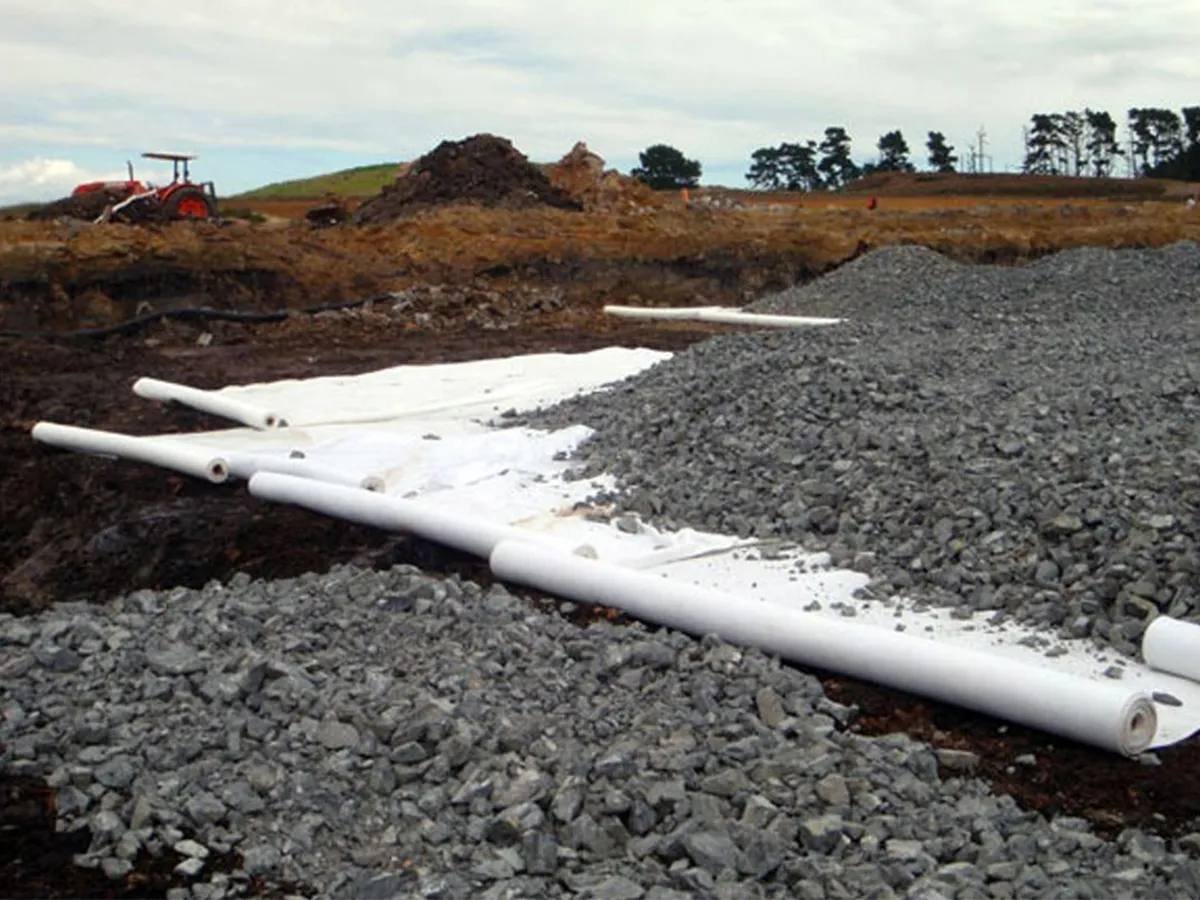
What is the best landscape fabric to use under gravel?
When choosing the best landscape fabric to use under gravel, several factors should be considered, including durability, permeability, and resistance to UV rays and punctures. Here are some of the top options:
| Description | Advantages: | |
| Non-Woven Geotextile Fabric | Non-woven geotextile fabric is made from synthetic materials like polypropylene or polyester. It is typically thicker and more robust than woven fabrics. | Excellent drainage and filtration properties High puncture resistance Long-lasting and durable Ideal for heavy traffic areas and under gravel |
| Woven Geotextile Fabric | Woven geotextile fabric is made by weaving synthetic fibers together. It is strong and has a grid-like appearance. | High strength and durability Effective at preventing weed growth Suitable for areas with significant load-bearing requirements |
| Needle-Punched Fabric | This type of fabric is created by punching needles through layers of material to interlock the fibers. | Good drainage and filtration High durability Flexible and easy to install Suitable for a variety of landscaping projects, including under gravel |
| Perforated Landscape Fabric | Perforated landscape fabric features small holes or perforations that enhance water permeability. | Excellent water drainage Effective weed barrier Suitable for areas where water needs to pass through easily, such as under gravel paths and driveways |
When installing any landscape fabric, make sure to overlap the edges and secure them with landscape staples to prevent shifting and ensure long-lasting performance.
Should I use woven or nonwoven landscape fabric?
Both woven and nonwoven landscape fabrics have their merits.
Woven Landscape Fabric:
- Strength and Durability: Woven fabrics are generally stronger and more robust. They are suitable for areas with high traffic or where heavy loads might be placed on the fabric.
- Water Permeability: They typically have less water permeability compared to nonwoven fabrics, which might affect drainage.
- Longevity: Woven fabrics can have a longer lifespan due to their sturdiness.
Nonwoven Landscape Fabric:
- Filtration and Weed Control: Nonwoven fabrics offer excellent filtration properties, preventing weed growth and soil mixing effectively.
- Flexibility: They are more pliable and conform better to uneven surfaces, making them suitable for irregular landscapes.
- Water Permeability: Nonwoven fabrics often have better water permeability, aiding in proper drainage.
Consider the specific requirements of your project. For areas with heavy foot traffic or where greater strength and longevity are needed, woven fabric might be preferable. However, if weed control and better water permeability are primary concerns or if you’re dealing with irregular surfaces, nonwoven fabric could be the better choice.
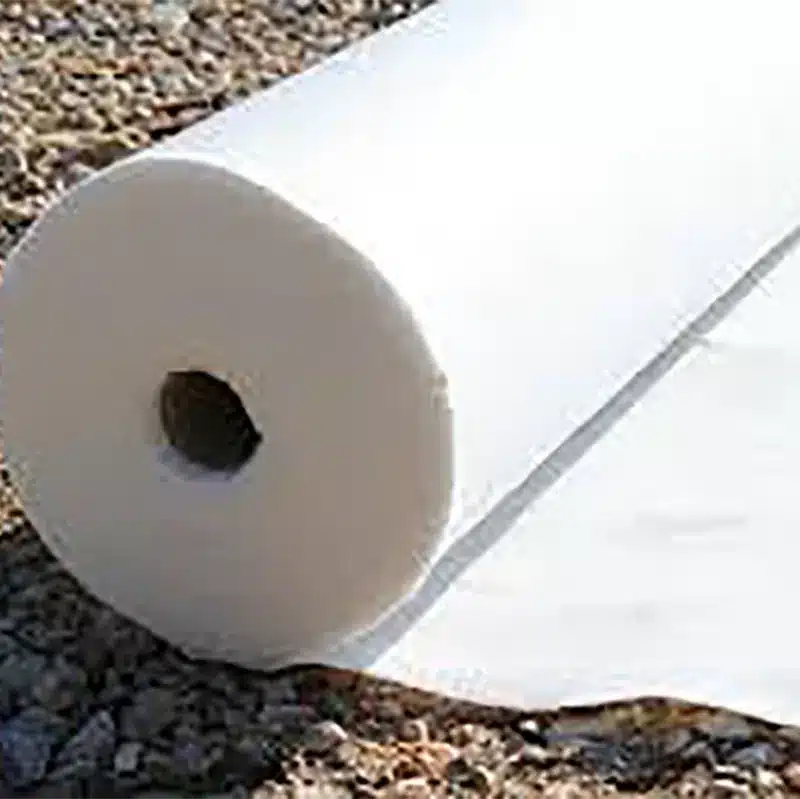
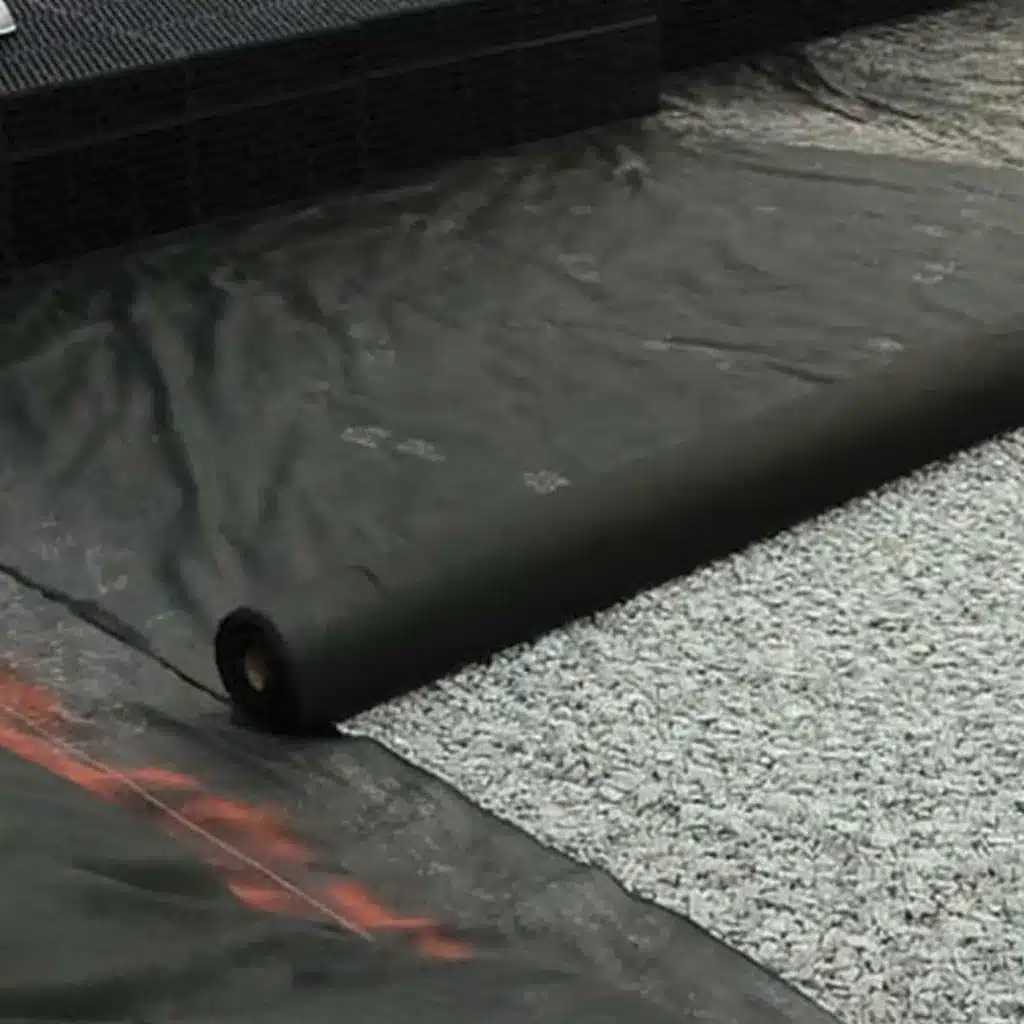
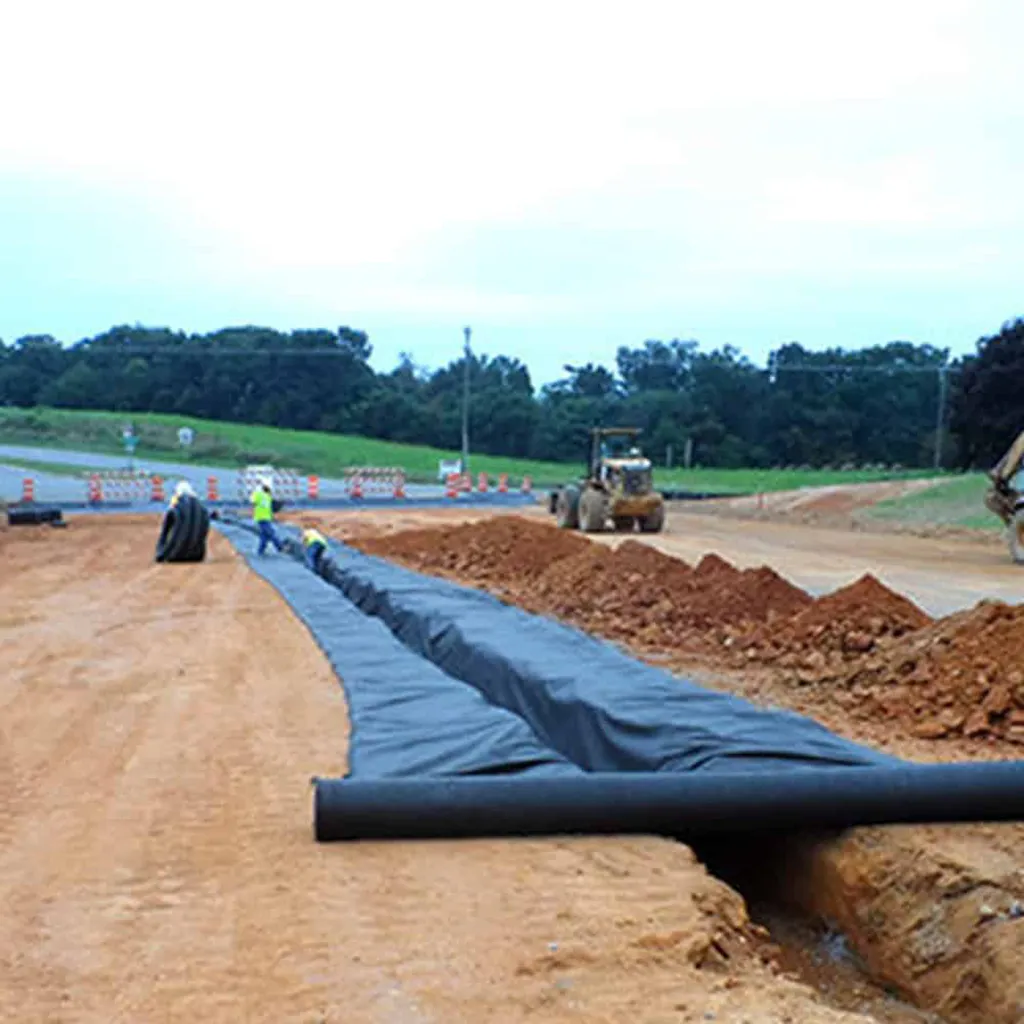
Get Free Sample
We’ll respond as soon as possible(within 12 hours)






















